Install Steam
login
|
language
简体中文 (Simplified Chinese)
繁體中文 (Traditional Chinese)
日本語 (Japanese)
한국어 (Korean)
ไทย (Thai)
Български (Bulgarian)
Čeština (Czech)
Dansk (Danish)
Deutsch (German)
Español - España (Spanish - Spain)
Español - Latinoamérica (Spanish - Latin America)
Ελληνικά (Greek)
Français (French)
Italiano (Italian)
Bahasa Indonesia (Indonesian)
Magyar (Hungarian)
Nederlands (Dutch)
Norsk (Norwegian)
Polski (Polish)
Português (Portuguese - Portugal)
Português - Brasil (Portuguese - Brazil)
Română (Romanian)
Русский (Russian)
Suomi (Finnish)
Svenska (Swedish)
Türkçe (Turkish)
Tiếng Việt (Vietnamese)
Українська (Ukrainian)
Report a translation problem









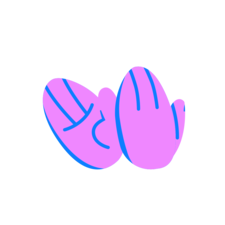

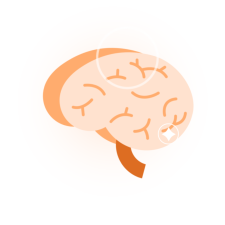

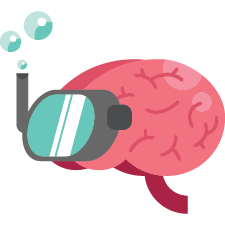
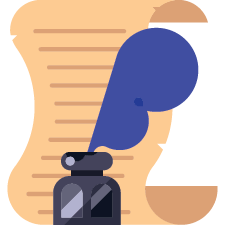
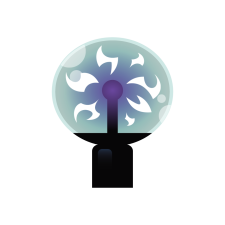


















































































































































































































































































































































you mention about hit rate and i understand that, when stats between you and enemy are like 100 point apart you will feel it, but the thing is, you just need to hit it, a lot.
or you just hit the tower, bart and elemi are the most known first deployment game ender.
theres a lot of things i want to point in this guide that so different from my understanding of the game (especially in hell mode) but i guess if its works, its works
Disagree with some stuff though i think you seriously undervalue lubos. His engage is the best engage card in the game and with his first attack he wins a good chunk of one on ones. Add on any support and he can take over the early game. While hes not the best team fighter with good items and some early game gold he will nuke the enemy carry.
I have been playing alot lately with the random hero lanes and he has been extremely strong in both bot and top as well. The new modes have added so much depth to the game imo.
on top of that clear mind discounts adjacent cards by 1. i mean what more do you want. if you run through your 16 copies of warmup for 0 you will rlly warm up to clear mind. My midlane has the vanguard trait and gets another 22% perma farm and 4 more warmups if they kill or assisst before round 35. clear mind can give you 20+ cost reduction the first time you hit 8 strat points. thats alot for a card that you dont even have to play.